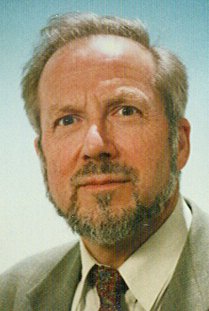Leendert Louwe Kooijmans, born in Arnhem, the Netherlands, in 1940. Ph.D. from Leiden University. Professor of Archaeology at Leiden University, and Director of the National School for Archaeological Research
Fellow (1 February 2000 – 30 June 2000)
My project was “Foragers and early farmers around 5000 B.C.: Reporting the Hardinxveld excavations 1997-1998”. The five-month stay at the NIAS was devoted fully to the preparation of reports on two closely interrelated excavations, a still standing obligation of a major contract research. So, my work at NIAS involved editing and co-writing two reports of each 14 chapters, many containing several accounts of specialist research, and in writing syntheses for both books. This work has, alas, frustrated the original plan of writing a textbook.
Both excavations are of settlement sites from the period 5500-4500 B.C., located on former dune tops, now fully silted over, at Hardinxveld in the Dutch river district. They cover the initial phase of the transition from foragers to a farming society, which is a crucial phase in the development of prehistoric society in the Lower Rhine Basin. These are the first wetland sites of this period discovered and excavated, which means that B in contrast to upland sources B a full range of organic and inorganic material information is available, allowing a detailed (re)construction of many aspects of the former society: its interaction sphere, its settlement system, its subsistence, its technology and even of its mentality.
The introduction of agriculture in the Netherlands was a long term and very gradual process, in contrast to the major reference, Southern Scandinavia. The phasing of the process has now been well-established and well-dated. The differences in the way the various domestic animals were adopted, demonstrate that the belief that these people made a major distinction between ‘the domestic’ and ‘the wild’ has to be revised. A location of structured deposition around 4700 B.C. gives a so far unknown view on the system of belief, preceding the well-known tradition of votive offerings in the more developed Neolithic. The sites and their thorough analysis will play a key role in our view of the outgoing Mesolithic and the Meso/Neolithic transition in Northern Europe.
